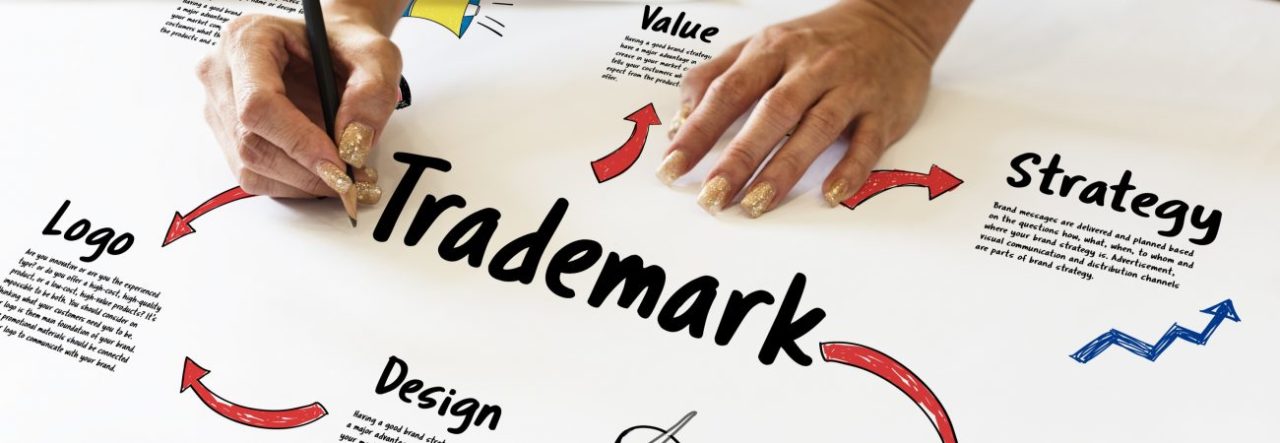Trademark use is all important. A trademark must be used to be valid. If a trademark is not used, it is not a trademark. Use is the very foundation of trademark law. As I used to tell my students when I taught trademark law, trademarks are all about use. Every legal issue revolves around the use of the trademark. For instance, who owns a trademark is determined by who controls the trademark’s use. All infringement cases turn on the use of the trademarks in question.
The trademark registration laws and rules that govern the registration of trademarks by the U.S. Patent and Trademark Office recognize use as all important. The owner of a trademark cannot obtain a registration until the owner proves use of the trademark. The owner must declare the dates that the trademark were first used and first used in commerce.
In order to keep one’s rights to a trademark, the owner must continue to use it. For again, if the trademark is not used, then it is not a symbol of the origin of the owner’s goods or services and is not a trademark and the owner loses the right to use it exclusively.
Recently, the U.S. Patent and Trademark Office (“USPTO”) began to scrutinize the continue trademark use. After a trademark is registered, the owner must file a Declaration of Continued Use between the fifth and sixth anniversary of the registration in order to maintain the registration. These declarations are required under Section 8 of the Trademark Act are called Section 8 Declarations.
In a Section 8 Declaration, the owner states that the trademark has been used in commerce since registration and provides a specimen of the trademark use (such as photo or a screen shot). The owner must also state if all the goods or services in the registration are in use. Registrations often cover multiple goods and services within the registration and often the same class. Sometimes, owners stop selling particular goods or services with a trademark. When the file a Section 8 declaration, those owners usually do not delete the goods or services that are not in use. The USPTO noticed this trend and launched a pilot program two years ago to audit Section 8 declarations. The USPTO notified some owners who file Section 8 Declarations that the owners were required to provide proof of use of all the goods or services in their registrations.
Most of the trademark owners contacted by the USPTO could not prove that they were using their trademarks for all of the goods or services listed in their registrations. 35% of the subject registrations had some goods or services drop from the registration. 16% of the registrations were cancelled.
Starting in February 2017, the USPTO is auditing 10% of all newly filed Section 8 Declarations. Owners of registered marks should be careful in filing Section 8 Declarations. More importantly, they should be conscious of who they are using their trademarks and for what goods and services. Claiming use for goods that are not in use can invalidate a registration.
For more information about trademarks and trademark registrations, please contact us at 760-722-6582, 510-556-0367, or emorton@clearskylaw.com.



